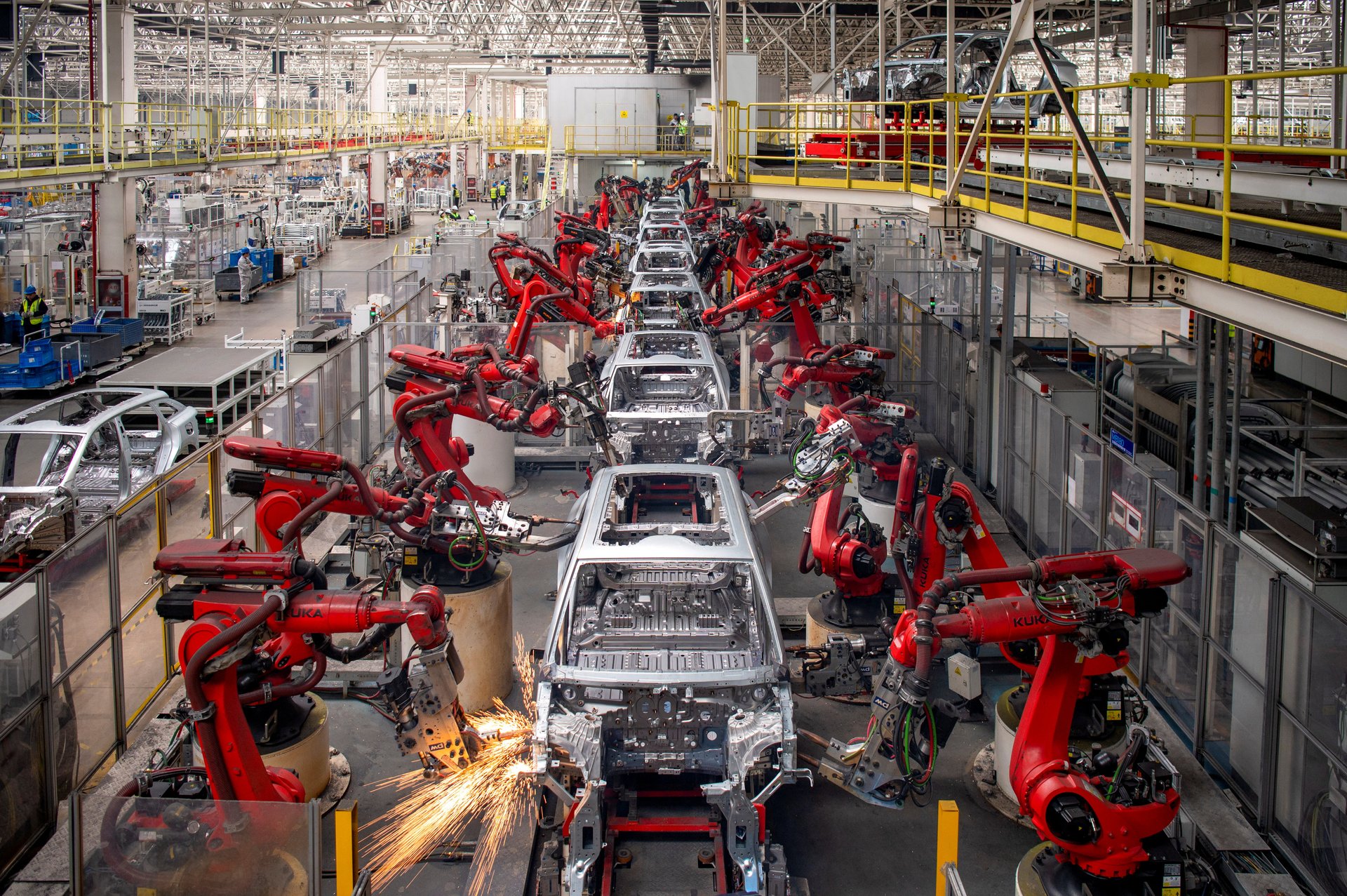China was “de-risking” long before the term caught on in the West
Beijing's efforts to manage its trade and supply chain risks can trace their origins back to the 1980s

Outwardly, Beijing criticizes the West’s attempts to de-risk and decouple from China.
Suggested Reading
“De-risking is just decoupling in disguise,” the state news agency Xinhua argued in a commentary in May. And decoupling “is putting the development of humanity at risk.”
Related Content
But if the fundamental goal of de-risking (or decoupling or friendshoring) is to address supply chain vulnerabilities across key industries, and particularly in critical high-tech fields, then China has long been engaged in the very same policy that it now denounces.
“Frankly speaking, China was the master in de-risking, they were teaching us for 15 years how they were trying to de-risk from Europe and the US,” Joerg Wuttke, the president emeritus of the European Chamber of Commerce in China, said in a recent interview with the Sydney Morning Herald.
China has been de-risking for decades
A close look at the history of Chinese industrial strategy would trace Beijing’s pursuit of de-risking even further than Wuttke’s 15 years. Arguably, the policy goes back decades.
One guiding tenet of Beijing’s economic planners has been “two markets, two resources,” a concept typically credited to former party secretary Hu Yaobang and also espoused by then-Chinese leader Deng Xiaoping in the 1980s (link in Chinese).
The idea is simple: There are markets at home and abroad, and resources domestically and globally. China must strategically make use of both to accelerate its development and catch up with advanced nations. Chinese investment in African mines are a good example of this concept in practice. By acquiring valuable mineral assets overseas, and coupling them with China’s dominant processing capacity at home, Beijing accumulates influence over key global resources.
In the 1990s, then-president Jiang Zemin advanced Deng’s concept by coining the “bringing in, going out” catchphrase (link in Chinese). The idea called for attracting overseas capital, talent, and technology to China, learning from the legacy foreign players, then venturing out to win global market share.
The automotive industry illustrates this well. After decades of “bringing in” foreign giants like Volkswagen and Toyota to set up joint ventures and factories in China, Chinese EV makers are now “going out” to gobble up market share abroad.
While not explicitly spelled out as de-risking, the way these two concepts have played out over decades has meant that China is now deeply embedded in global supply chains, while foreign countries have grown heavily reliant on Chinese manufacturing and inputs. That interdependence gives Beijing outsize leverage, in turn helping it manage risks.
Managing risk by playing offense and defense
Over the past decade, Beijing’s de-risking campaign has evolved into a state-led push to develop China’s own technologies and materials so as to avoid relying on foreign imports for critical supply chain segments. This turned out to be a prescient idea, arriving years before the West, and the US in particular, embarked on its own decoupling initiative.
One high-profile government strategy was the Made in China 2025 program, unveiled in 2015, which sought to make the country a dominant player in advanced manufacturing, including semiconductors. From the beginning, the program was framed not only as a commercial effort but as a national security one as well. A Xinhua commentary (link in Chinese) at the time noted that producing chips at home had grown key to ensuring national information security.
The following year, Xi Jinping, the leader of the Chinese Communist Party, urged the development (link in Chinese) of an “asymmetric ‘assassin’s mace’ in science and technology.” By that, he meant technologies in which that China has a comparative advantage—and that Beijing can withhold from others to exact economic pain on them. Consider heavy rare earths, a subset of the critical minerals, the production and processing of which China essentially has a monopoly over.
As a result, China’s push to build up homegrown manufacturing features both offensive and defensive characteristics. It has helped buffer China to some extent in the midst of targeted technology restrictions and export bans—as Huawei’s recent comeback makes clear. At the same time, these efforts allow Beijing to flex its economic statecraft muscles—by restricting critical mineral exports, for instance. Having all your bases covered is arguably the ultimate definition of de-risking.
